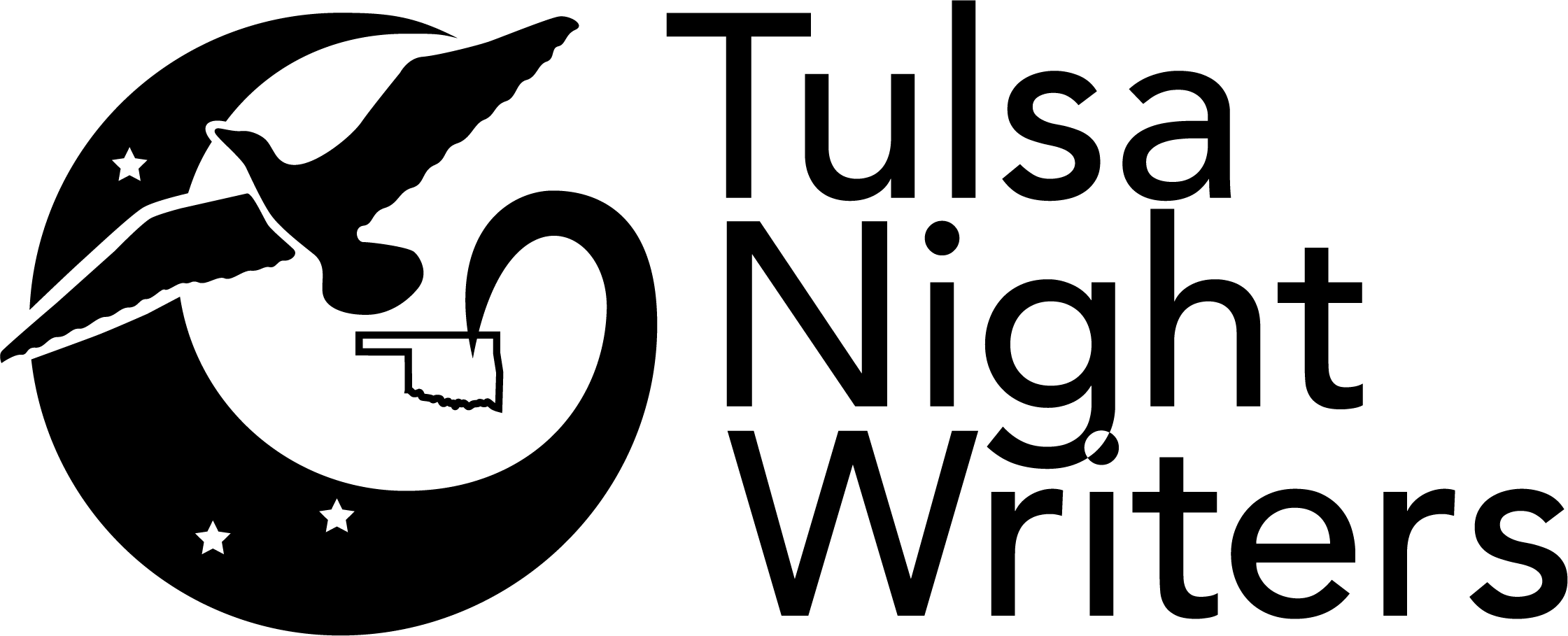
Scene Structure
Kathryn Helstrom
Rules, rules, rules. All the super-successful writers warn against following the rules. That’s easy for them because they have so much experience that they can create a bestselling novel out of a fish in the sea. We novices must operate in a little more structured environment, like maybe a swimming pool. Give me four corners, a shallow end, a deep end, and some floaties. When I’ve mastered that, then I’ll venture onto the sea.
One floatie that I need is learning how to write a scene. The scene is the basic unit of a story, right? If I understand how to frame a scene, then another one, and another one, I’ll get to the end of my story. So what do the masters say about writing a scene?
Every scene needs two parts: The action and the sequel. There must be conflict (action) in the story, but there must also be the characters’ reactions (sequel) to that conflict. Without the reaction, it is just a series of events, with no emotion other than the immediate feelings during the conflict. As in real life, the characters have to process what just happened in the conflict and decide what to do next.
Part One: Action
1. The Goal of the scene is that the character wants to have something, do something, or be something. The protagonist, antagonist, and each main character must want something. Their goal must be a reflection of your overall story goal, only in a smaller unit. This is where the character takes a step toward achieving the story’s goal.
2. The Conflict is the obstacle preventing your character from reaching the scene goal. It can be a dramatic battle scene or an awkward dialog with a desired lover. It must be a result of a previous scene, which is set up in the Sequel, discussed below. The conflicts are the links in the chain that make up the total plot. Some are big, and some are small. This is pacing your story. In a thriller, the links keep getting bigger and bigger. In a love story, the conflicts may rise and fall like a rollercoaster.
3. The Setback is the resolution to the Conflict, and must be at least an insufficient resolution, and could be an outright disaster. Plot twists often occur here. The setback is what sets up the second part of the scene.
Part Two: Sequel
1. The Reaction is your character(s) processing what just happened. Emotions, demonstrating character strengths and flaws, are exhibited here. This is the counterweight to the action. The internal and subjective feelings must follow a specific order: Instinctual/primal feelings, followed by physical reaction, followed by rational action or speech. You may skip one or two of these reactions, but they must be in this order. For example, a woman spots her stalker at the grocery store. Her first reaction is her heart jumping up to her throat and her feet freezing to the floor (instinctual/primal). Her next reaction is to lower her head, turn around, and then slink down another aisle (physical). As she is walking down the aisle, she figures out a way to get out of the store without him seeing her. Or, maybe she decides to grab a store clerk and ask for the manager to help (rational). Skipping one of these reactions is OK, but she can’t be rationalizing before her heart jumps into her throat—the reactions must follow a set pattern.
2. The Dilemma is the new problem your characters face. After the initial emotional reaction, the intellect kicks in, and the new problem (setback) is examined. “What do I do now?” becomes a new goal for the next scene. Sometimes, it will be a vague idea; sometimes, it will be a carefully devised plan, depending on the extent of the setback and the development of the characters. Often, it is analyzed with other characters, perhaps in the store office, in the general’s battlefield tent, or maybe in the bedroom.
3. The Decision is the risky plan the character sets down as the next step to move the story forward. She has a Goal now, which is the beginning of the next scene’s Action and Conflict. Any of these six parts may be a full chapter or more, or just a line or two. The Sequel’s reaction and dilemma could be scattered about the next couple of chapters. As Les Edgerton said, “Once you know how to construct scenes [Action] and their sequels, you’ve mastered stories.” This little article only provides the outline of scene structure theory, like the swim instructor might tell his students before they go into the pool the first time. There is much more to learn. Read books. Listen to podcasts. A writer’s learning journey is never-ending.

